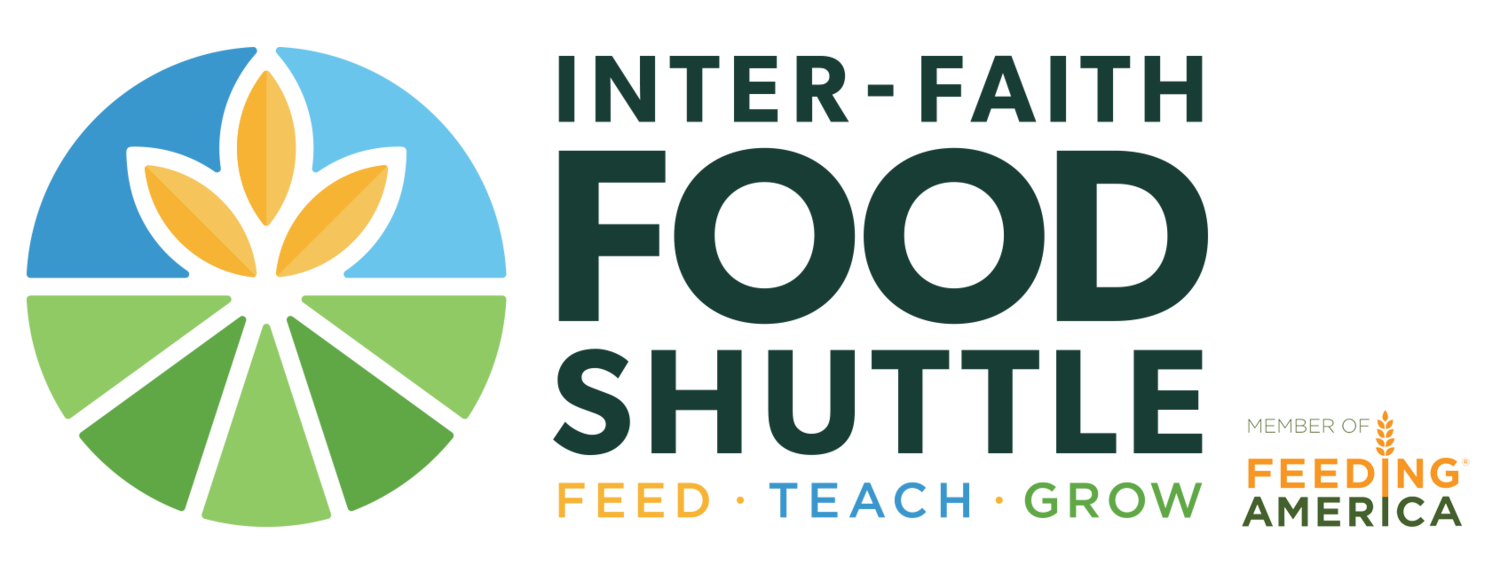The following is a blog from NC State student Holly Starks. It is the 5th in a series of 6 posts she will be writing chronicling her experience as a Nutrition Instructor for a OFL Class she is teaching. If you haven’t already, read the 1st Week, 2nd Week, 3rd Week and 4th Week. Holly is teaching OFL as part of a Service Learning Class that has teamed up North Carolina State Students with the Inter Faith Food Shuttle’sOFL/Nutrition Program. Through this partnership, the Food Shuttle and NC State hope to engage students in service learning and community nutrition while expanding the reach of its OFL program.
This past Tuesday, our Side by Side class at the Crosby Head Start Center discussed the importance of physical activity as a part of living healthy lives. The participants shared what physical activities they like to do as family such as going to the park or playing games. Being active together can provide fun, quality time with the family while also serving as a motivation factor to help each other stay active. As the families pointed out, exercising together doesn’t have to be in a gym but can be something simple like playing Simon Says, hopscotch, or Red Light Green Light.
Along with being active, I also pointed out the importance of staying hydrated throughout the day. The families learned about healthy, affordable drink options that can replace sodas or sugary drinks such as water, reduced-fat milk, and 100 percent juices. The families were able to try some healthy, alternative drink options through a taste test activity. They first tried tap water that they flavored with their choice of lemon, lime or both. As a class, we discussed how tap water is free and safe, and can be flavored with numerous things like fruits, cucumbers or mint. Next, the families tried “fruit sodas” which was a combination of seltzer water and 100 percent juice. “Mmmm,” Dorian exclaimed. Dorian, one of the kids in the class gulped down the soda happily. The rest of the class also agreed with Dorian that the fruit sodas were good. I told the class that fruit sodas are a great and fun way to reduce calories from 100 percent juices, which can have higher calorie content due to sugars.
Lastly, the families tried smoothies that were made using mangos and oranges. The families shared different fruits that they would use for their own smoothies as I pointed out how smoothies can be a good way to get nutrients we all need through fruits and dairy that are incorporated into them. Avram also pointed out that a small amount of vegetables like spinach can be easily added into smoothies to add nutrients, but do not alter the flavor of the smoothie.
While talking about drinks, we also discussed the importance of choosing low-fat milk products and the nutritious benefits that we get from consuming milk. Whole milk is higher in fat, especially saturated fat and cholesterol, which can both contribute to the risk for chronic diseases like heart disease. The instructors told the parents that skim milk is a great alternative because it does not have any fat and is lower in calories, sugars, and cholesterol. The participants were hesitant about switching to skim milk because they were afraid it would taste too watery. We encouraged the families to at least try skim milk and see if they like it. Luckily, we had some skim milk from our orange oatmeal pancake recipes that we made during the cooking lesson. At the end of class, one of our participants, Tamika, agreed to try the skim milk. “Hmm, it’s not bad,” she paused after a sip “Actually, I think I’ll try some more.” Tamika was pleasantly surprised that she liked the skim milk and we offered to let her take the rest of the milk home to let her family try it as well.
Next week the families will be graduating! Join us for our last week to hear about what the families have learned from the class as well as the fun activities they will get to do in celebrating the completion of the course.








